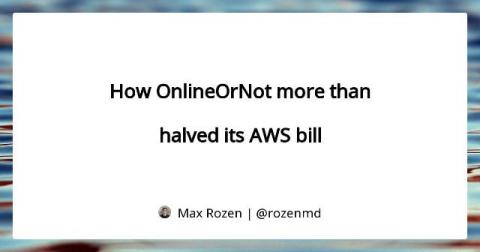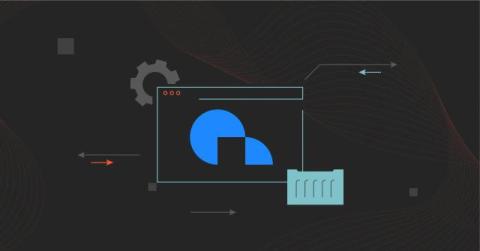Create Drag-And-Drop Unit Cost Dashboards In Minutes
As 2024 peeks into 2025, cloud-driven businesses are poised for yet another year of record cloud spending. After exceeding $675B this year, cloud spenders are expected to shell out more than $820B in 2025 (Gartner). But as any good unit economist knows, it’s not just that cloud costs are growing, it’s that they’re growing inefficiently — taking too big a bite out of companies’ profits.











